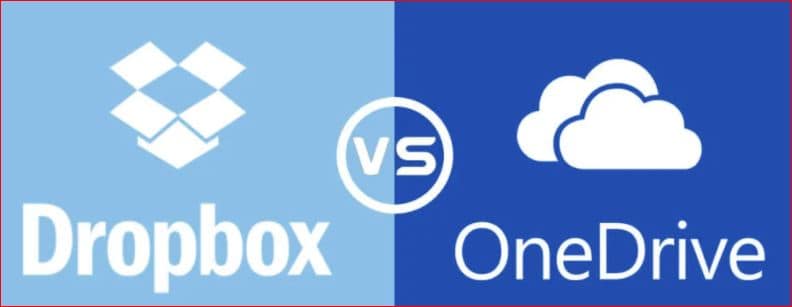We are often asked why dropbox over free onedrive?
Why should I pay for something I can get free?
One of the biggest reasons, besides what we see below, if that Dropbox’s primary product is Dropbox, and if this product fails, the whole company does.
On the other hand Microsoft, Google and others have a suite of products meaning that they are not reliant on one product, and therefore can “sometimes” not put the effort in. I am in no way saying this cant or wont change in the future
Adoption & Use Challenges
It’s difficult for users to understand when to use which Microsoft tool (SharePoint, OneDrive, Teams)—and that’s when they turn to Dropbox.
Our 600m users choose to bring in Dropbox to work with Microsoft 365 because it’s easy to use. Ease of use results in robust adoption, which means less training, less tickets, and more productivity.
Performance & Reliability Challenges
Dropbox can sync any file type, and provides four types of sync to enhance performance in different environments: Smart Sync, LAN Sync, Delta Sync, and Streaming Sync. OneDrive only has Delta Sync. This ensures the best performance for distributed work and compatibility across device and OS types.
Expertise in Rich Media and Large Files
Dropbox supports file sizes up to 2TB when uploaded via desktop or mobile app, surpassing OneDrive’s limit of 250 GB. Dropbox also fills gaps in the Microsoft feature set for rich media with the Creative Tools Add-On, including support for frame-based commenting, branded file transfer, download quality options, audio track selection, large file previews and more.
We get OneDrive for free, why should we pay for Dropbox Business?
Most of our 400K+ business teams also use Microsoft 365 or Google Workspace.
Customers continue to choose Dropbox’s collaboration platform to tie together their work, content, and tools in a single surface—because those suites can’t do it alone.
For customers that collaborate around rich media or large file sizes, they choose Dropbox to work with those files and fill the feature gaps that Microsoft has there. With Dropbox and Creative Tools Add-On, customers bridge that gap with a tool that integrates seamlessly into Microsoft’s ecosystem and offers the same level of enterprise security around their files.
What’s the difference between OneDrive and Dropbox? Their features look like they’re the same.
Dropbox is focused on being a single workspace to organize your content, connect your tools, and bring everyone together. With Microsoft:
Teams for chat-based collaboration.
OneDrive for personal file storage.
SharePoint for team libraries.
Dropbox also offers deeper collaboration features for rich media and large file sizes than OneDrive. OneDrive is focused on providing basic FSS.
Dropbox doesn’t have the security and compliance features I need.
Dropbox has certifications for SOC 1,2,3, HIPAA/HITECH, FERPA / COPPA, ISO 27001, 27108, 22301, to name a few.
We also partner with best-in-class security leaders.
Also, Security depends on adoption. Dropbox is more secure simply because we have better adoption in the market.
If you would like more information, contact the Sterling IT Team here
Source: Dropbox correct at time of publishing

